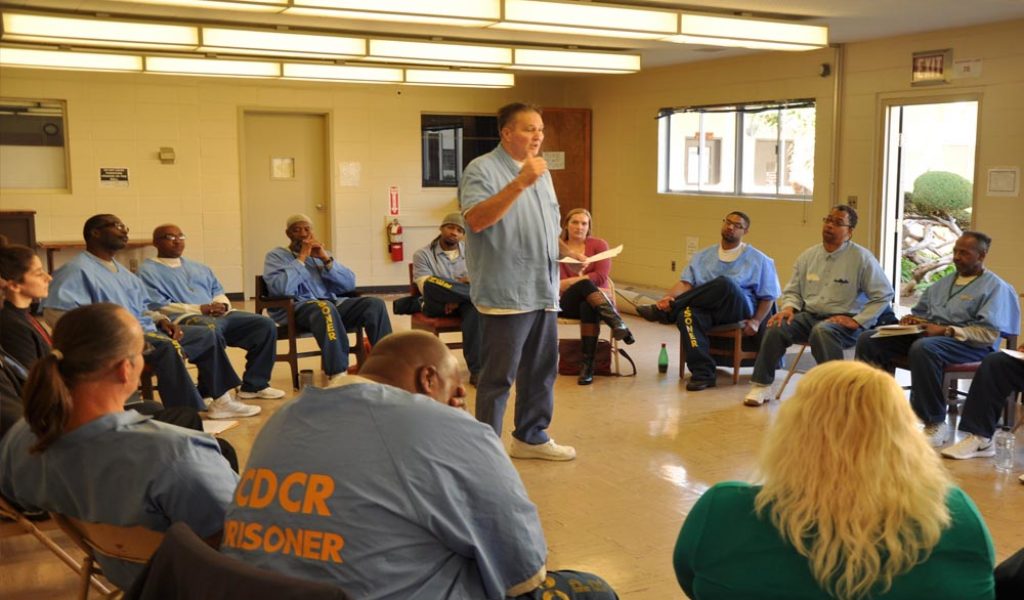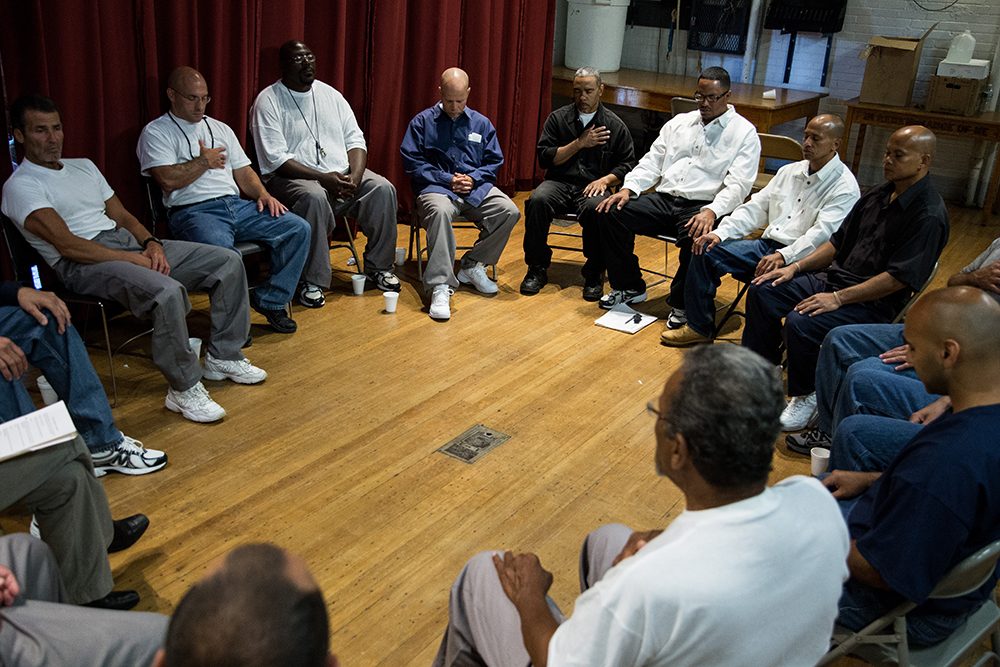OUR RESTORATIVE PRACTICE PROGRAM
WHAT IS RESTORATIVE JUSTICE?
focuSING on the rehabilitation of offenders through reconciliation with victims and the community at large.

Restorative Practices, sometimes referred to as Restorative Justice, is a framework for building community and for responding to challenging behavior through authentic dialogue. Restorative Practices shift the conversation between individuals to offer an opportunity for all people affected by an action to have dialogue about how to make things right and restore relationships and communities.
Restorative Justice builds the individual’s skills and helps them to avoid negative behaviors and utilizes a positive youth development strategy that is focused on assets instead of deficits. Ensures that interventions take into account adolescent brain development and the stages of adolescent development i.e.: challenging authority, risk taking behaviors, etc.
The program engages community partners to link young people to long-term, positive, pro-social activities. It also provides educational and strength building activities geared toward a youths’ (ages 16-24) personal and/or academic achievement and success
HEALING CIRCLES
THE CIRCULAR PATHWAY TO HEALING

DEFINING THE HEALING CIRCLE
BRINGING THE VICTIM, OFFENDER & THE COMMUNITY TOGETHER
Guided & Safe
A Healing Circle has certain guidelines to create a safe environment, i.e. only one person a time, use of a talking piece, what is said in the circle staysin the circle, etc.
Accountability
An effective method to address accountability and a source for healing using a safe group setting.
Sharing
The Healing Circle uses a victim’s violence episode to share their plight, a topic or a set of questions as the session discussion point.
Positive Outcome
A possible outcome of a Healing Circle is to access the trauma from within and heal from it.
THE GOALS OF RESTORATIVE JUSTICE
building community & responding to harms through dialogue that sets things right
- put key decisions into the hands of those most affected
- make justice more healing and ideally, more trans-formative
- is a strategy (not a guarantee) to reduce the likelihood of future occurrence
- Four key values: encounter – amends – reintegration - inclusion
- offenders understand how their actions have affected other people and take responsibility for their actions
- outcomes help to repair the harm done and address the reasons
- engage community partners to link young people to long-term, positive, pro-social activities
- Provide educational and strength building activities geared toward youths’ (ages 16-24) personal and/or academic achievement and success
- Build the individual’s skills and help them to avoid negative behaviors in the future

